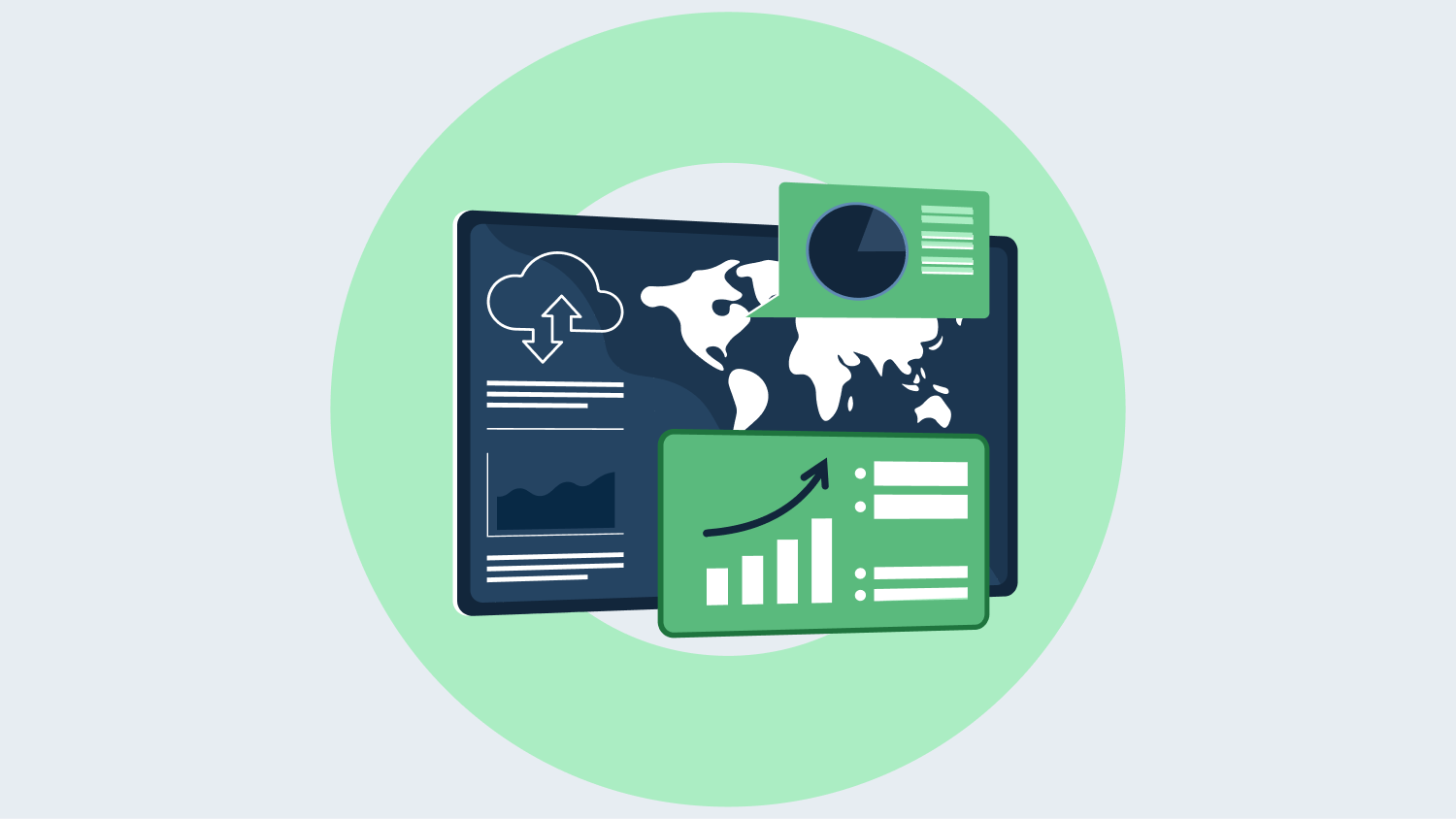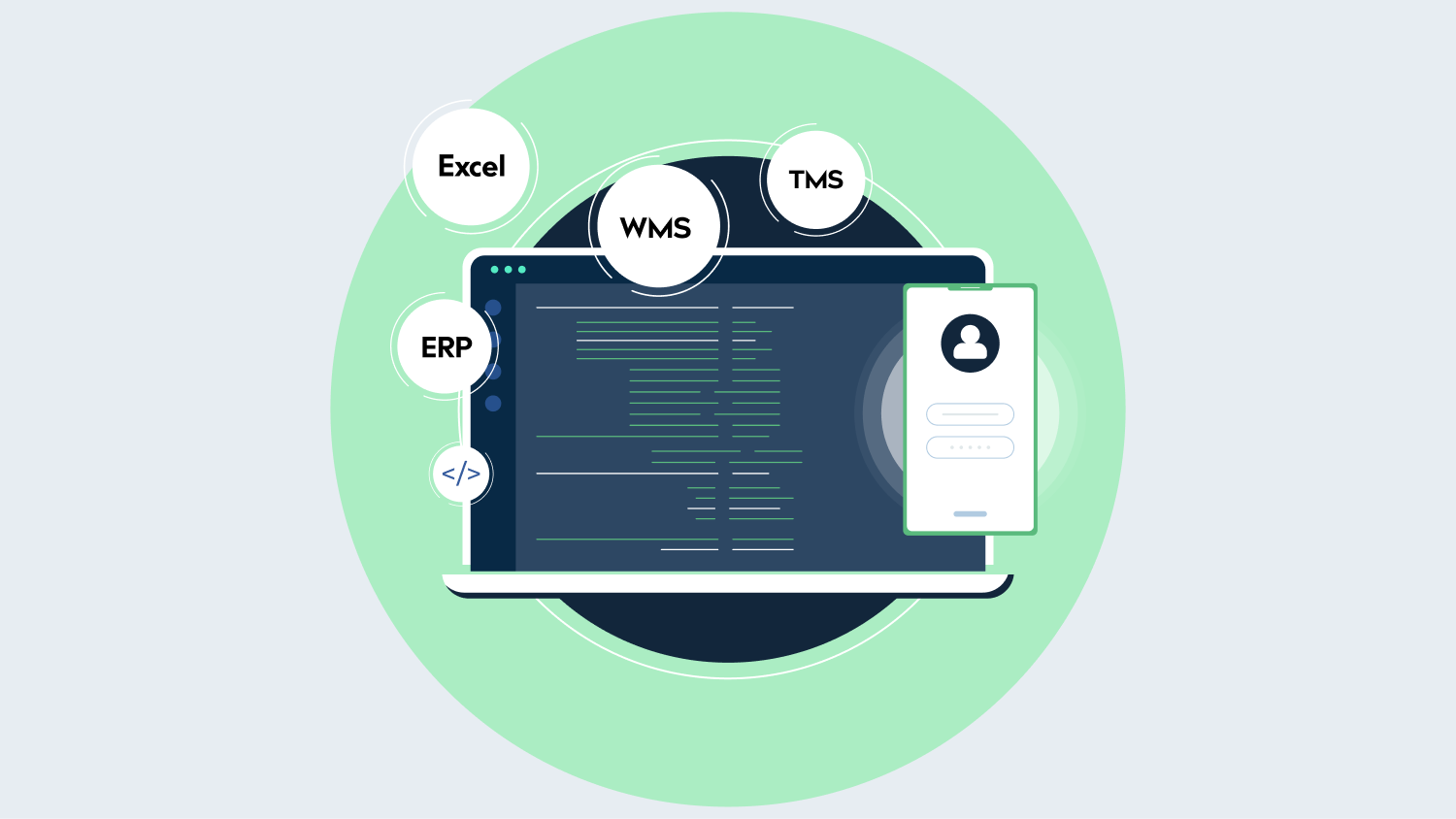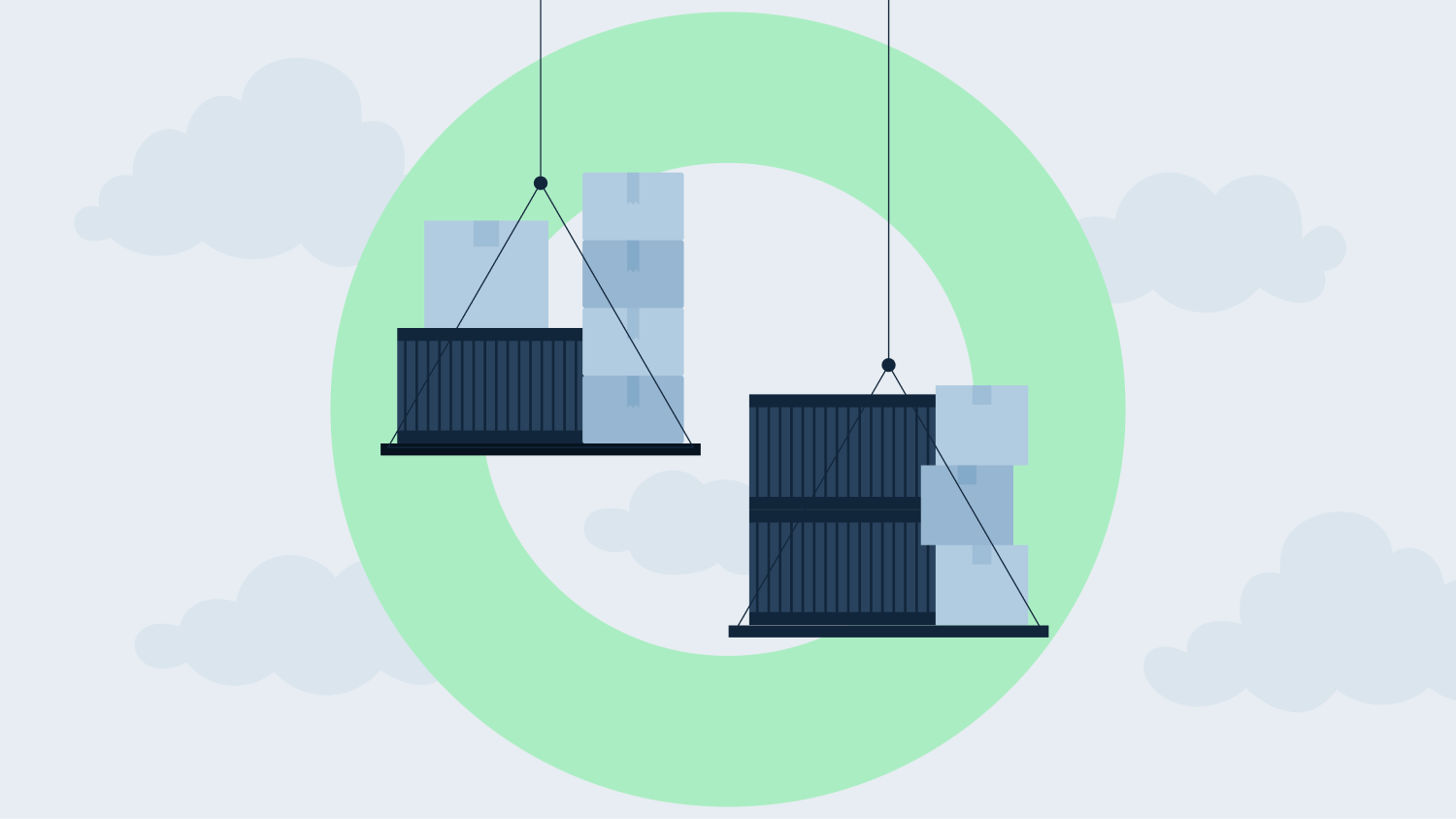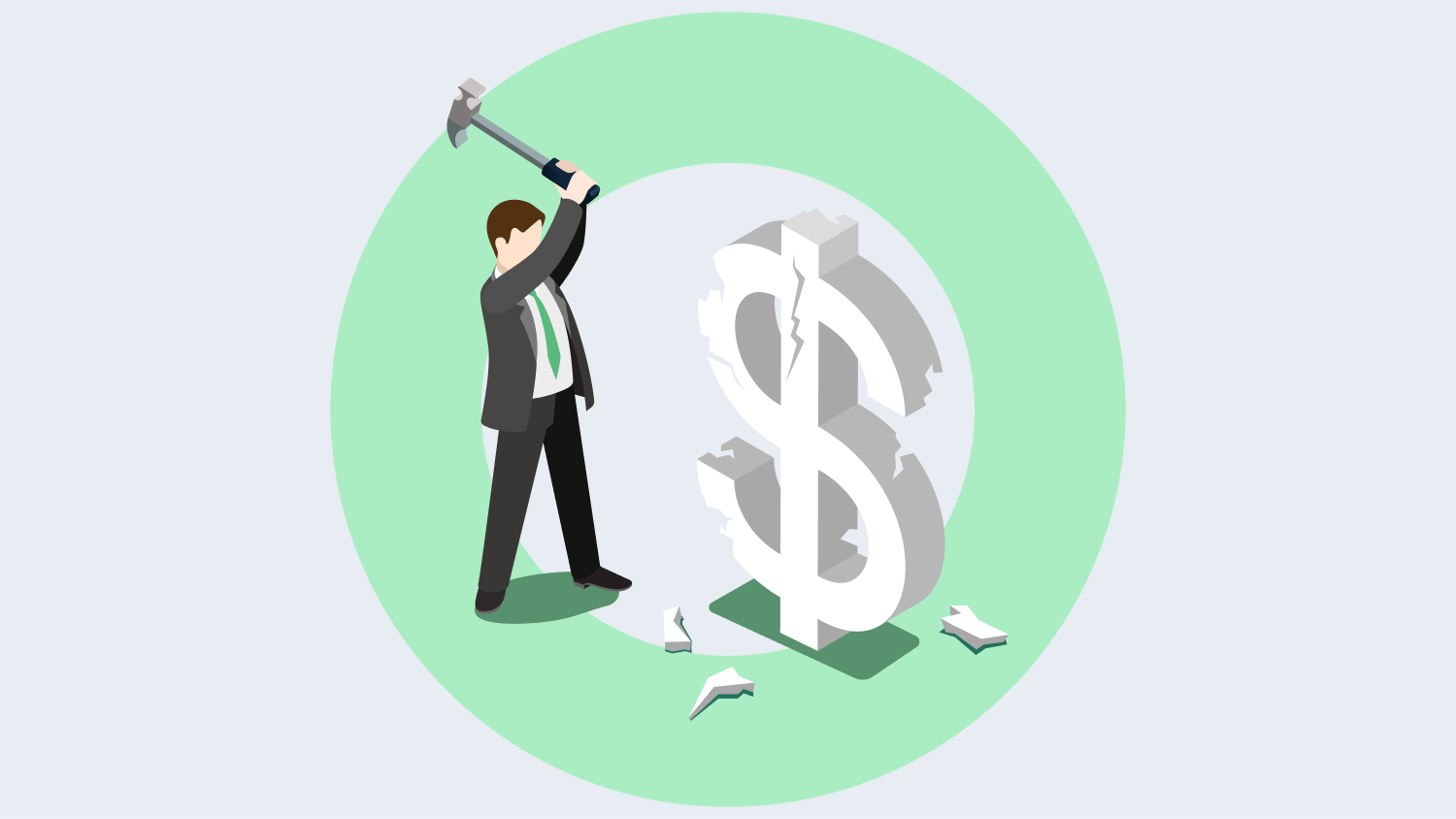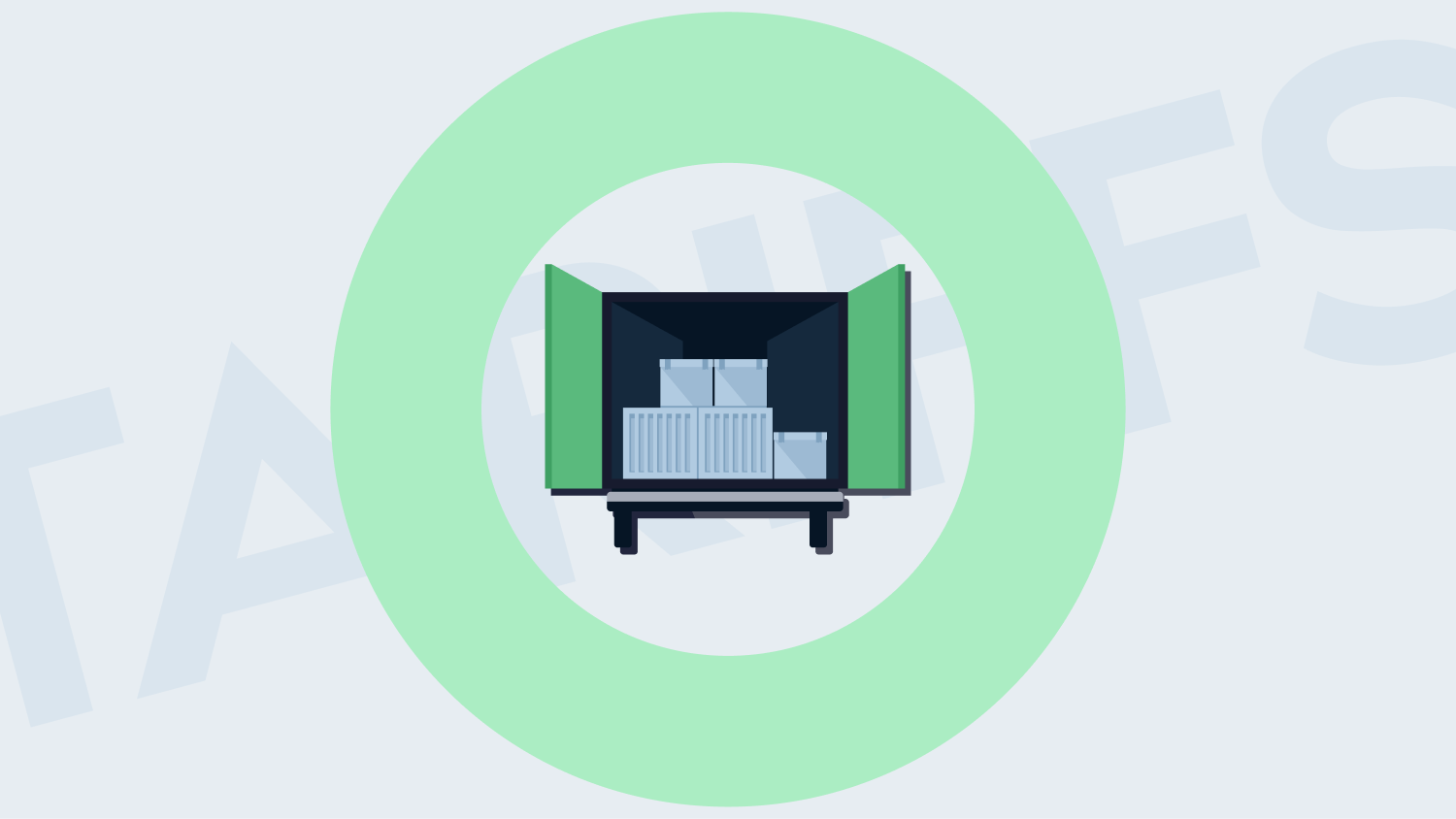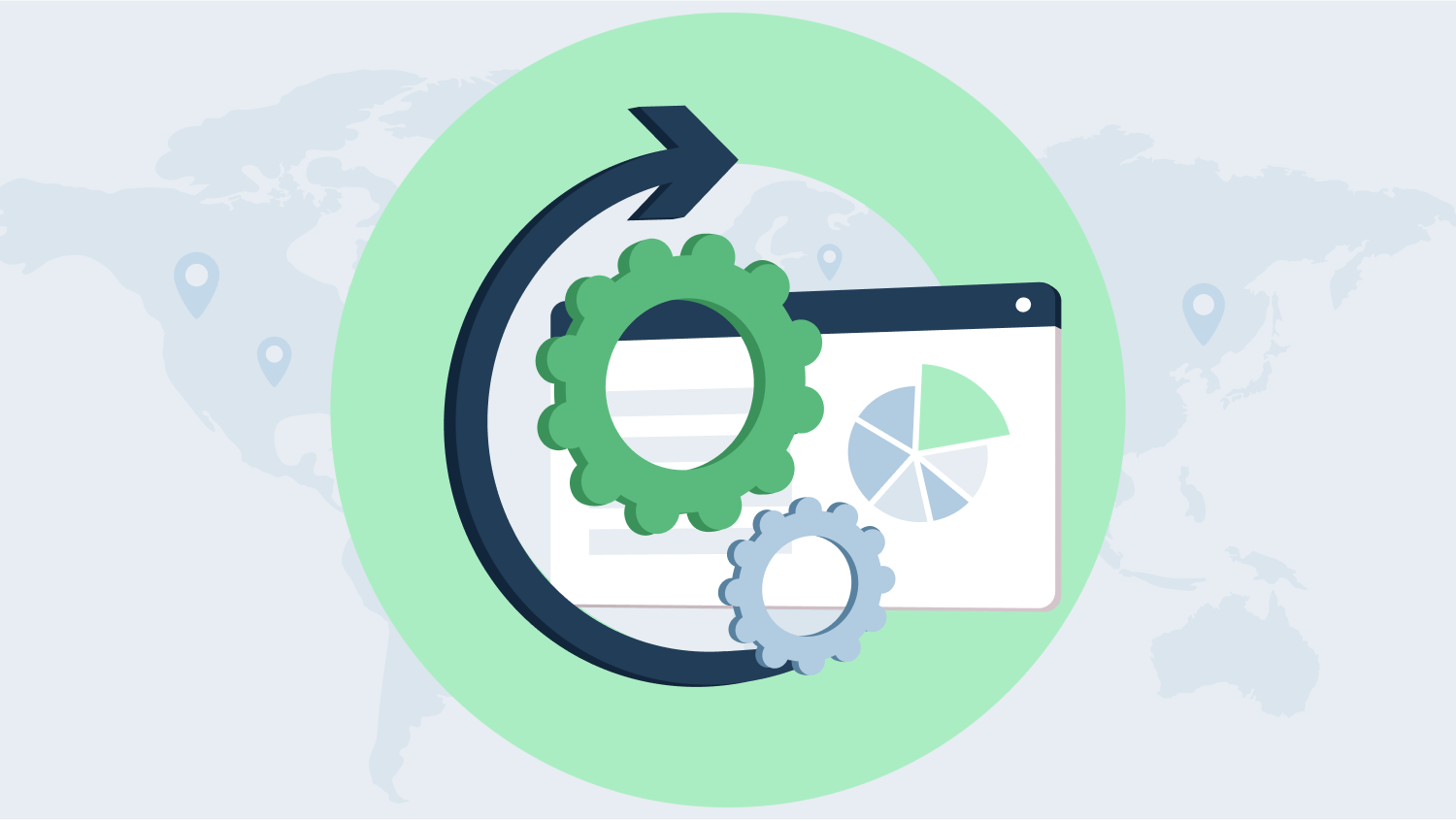The objective?
To balance cost-efficiency with service levels while minimizing risk and environmental impact.
Why Optimization Matters Now
Today’s global supply chains are under pressure due to:
- Geopolitical fragmentation
- Volatile input costs
- Environmental, social, and governance (ESG) expectations
Traditional tactics—manual forecasting, spreadsheets, and heuristics—can no longer manage this complexity. Businesses must make real-time, data-driven tradeoffs:
- Low-cost vs. nearshore sourcing
- Speed vs. resiliency
- Profitability vs. carbon emissions
Key Capabilities of Supply Chain Optimization
Optimization is not a one-time fix but an adaptive decision-support system. It enables businesses to:
- Anticipate disruptions using predictive analytics and scenario modeling
- Optimize the transportation and reallocate inventory
- Shift sourcing strategies in response to market or geopolitical changes
- Optimize Production plan for better assets utilization and efficiency
- Enhance collaboration across networks through integrated planning tools
These capabilities are underpinned by technologies such as:
- Digital twins
- Optimization algorithms
- Cloud-based platforms
- Prescriptive algorithms
From Cost-Cutting to Competitive Advantage
Ultimately, supply chain optimization is about more than operational efficiency. It’s a strategic enabler that allows businesses to:
- Increase agility under uncertainty
- Build responsive and resilient operating models
- Align supply chain execution with corporate strategy
As explored in What is Supply Chain Network Design and Optimisation, successful optimization blends:
- Foresight – anticipating future shocks
- Granularity – drilling down into node-specific performance
- Agility – enabling fast, decisive action across disruptions
Optimized supply chains aren’t just lean—they are intelligent, adaptive, and strategically positioned for long-term success.
Core Components of Supply Chain Optimization
Optimizing a supply chain is more than untangling logistics—it’s about building an adaptive system that balances cost, service, and sustainability. Below is a breakdown of the core components that define efficient and resilient supply chains.
1. Intelligent Network Design
This isn’t just about drawing lines on a map—it’s engineering a system to move goods at the lowest cost while meeting precise service targets.
Key Considerations:
- Location strategy for factories, warehouses, and distribution centers
- Balancing proximity to customers with transportation efficiency
- Designing for flexibility, not just efficiency
A well-architected network supports:
- Speed
- Cost-effectiveness
- Environmental sustainability
🔗 Explore more: Supply Chain Network Design
2. Inventory Optimization
Inventory isn’t about how much you stock—it’s about where and when. Holding too much captures working capital and incurs overhead; too little harms your service levels.
Strategies Include:
- Multi-echelon inventory optimization
- Demand signal tracking across nodes
- Smart buffer placement and sizing
This data-driven approach minimizes waste while guarding against volatility.
🔗 Learn more: Holistic Inventory Optimization
3. Replenishment Optimization
Replenishment needs to align procurement, production, inventory and logistics to avoid bottlenecks and excess costs.
Challenges Replenishment Optimization Solves:
- Overstocking and stockouts
- Idle equipment and labor mismatches
- Freight cost spikes due to urgent stock transfers
Through integrated replenishment optimization, replenishment becomes a precision tool, not a reactive fix.
🔗 Discover: Replenishment Optimization
4. Budget and Financial Planning
Often overlooked, supply chain budgeting is integral to strategy. Every sourcing decision, production run, or logistics contract ties back to capital allocation.
Why It Matters:
- Translates operational planning into margin impact
- Aligns supply decisions with financial KPIs
- Enables scenario-based trade-offs between cost, service, and risk
🔗 Deep dive: Annual Budget Planning
Orchestration Over Silos
These four components—network design, inventory, replenishment, and budgeting—are not siloed disciplines. They are:
- Interconnected levers in a synchronized system
- Foundational elements of long-term competitive advantage
- The backbone of agile, cost-effective, and resilient supply chains
Other domains, such as transportation and sourcing optimization, are important—but these four form the core pillars of sustainable performance.
Benefits of Optimization in Supply Chain
For firms maneuvering through uncertain markets, optimization isn’t a luxury—it’s a survival instinct. When deployed strategically, supply chain optimization delivers four distinct and measurable advantages:
- Lower cost
- Better service
- Reduced risk exposure
- Sustainability gains
1. Cost Reduction
Cost reduction is often the most tangible and immediate benefit of supply chain optimization. Through data-backed decision-making and process redesign, companies can minimize operational overhead by addressing inefficiencies.
Key levers for cost reduction include:
- Streamlining transportation networks
- Reducing excess inventory
- Avoiding procurement waste
Case in point:
When Procter & Gamble redesigned its distribution network, it reduced logistics costs by 10%. How? By:
- Moving operations closer to demand centers
- Synchronizing shipments using simulation models
These gains aren’t based on intuition—they’re powered by rigorous analytics.
2. Enhanced Service Levels
Beyond cost, optimization improves customer experience through better inventory deployment and faster order fulfillment.
Benefits include:
- Shorter delivery windows
- Fewer stockouts
- Optimized inventory placement
- Improved availability without excessive safety stock
By boosting both visibility and coordination, companies can meet demand more effectively—without tying up unnecessary working capital.
3. Risk Mitigation
Disruptions—whether from extreme weather, geopolitical forces, or pandemics—are becoming increasingly common. Optimization provides tools to preemptively address these vulnerabilities.
How optimization mitigates risks:
- Scenario modeling
- Sensitivity analysis
- Adaptive network design
An optimized network is resilient by design. It can dynamically:
- Shift sourcing points
- Reroute distribution paths
- Rebalance capacity in near real-time
4. Sustainability Gains
In today’s climate-conscious economy, sustainability is no longer optional—and optimization can drive real environmental improvements.
Environmental benefits include:
- Reduced greenhouse gas emissions through decentralized production
- Optimized last-mile logistics for fewer, shorter delivery routes
This analysis of food supply chain optimization shows that localizing production cuts transport-related emissions significantly. Using micro-factories closer to points of sale delivers both economic and ecological benefits.
Further reading:
Strategic network design supports cost-efficiency, resiliency, and green objectives—underscoring why network optimization outperforms most supply chain investments.
Summary: From Cost Center to Strategic Asset
Supply chain optimization shifts perception—from back-office burden to growth enabler. It becomes a strategic lever that delivers:
- Efficiency
- Agility
- Environmental stewardship
Fail to optimize, and your organization risks falling behind competitors who plan faster, respond smarter, and operate cleaner.
Methods & Tools in Optimization
Supply chain optimization is no longer a matter of incremental tweaks and intuitive decisions. Today, firms rely on data-driven engines that capture the complexity of modern, global operations. Among the most foundational of these tools is the supply chain digital twin. By building a virtual replica of the end-to-end network, companies can stress-test operations under hypothetical disruptions: a port delay, a demand shock, or an unexpected tariff shift. These simulations turn guesswork into granular scenario planning, allowing organizations to optimize both cost and resilience.
Advanced analytics go a step further. Techniques such as multi-echelon inventory optimization and probabilistic demand forecasting enable businesses to minimize overstock while enhancing availability—a delicate equilibrium rarely achieved using traditional planning methods. For instance, analytics can identify that holding inventory at regional hubs, while slightly more costly, dramatically reduces lost sales during high-velocity promotions. In doing so, analytics reconcile contradictory supply chain KPIs—service level and working capital.
The rise of Big Data and AI further expands this toolbox. Machine learning algorithms parse large, unstructured datasets—customer behavior, weather data, macroeconomic indicators—to predict demand patterns or detect early signs of disruption. The findings aren’t merely diagnostic. Instead, they feed adaptive systems capable of issuing autonomous supply chain decisions in near real-time. As noted in a recent study on data-centric risk modeling, AI also proves its worth in high-volatility contexts where rapid recalibration trumps long-term forecasts (Big Data Analytics in Supply Chain Risk & Optimization).
Yet, even the most accurate model is impotent if its outputs are not actionable across functional silos. Collaborative intelligence platforms are emerging to bridge this gap. These systems provide a unified interface where planners, procurement specialists, and logistics managers can co-author decisions—not in monthly meetings, but dynamically and continuously. Paired with cloud-based infrastructure, they ensure that insights are instantly accessible across global teams, turning optimization from a quarterly exercise into an operational reflex.
In short, the future of optimization lies not in smarter tools alone, but in smarter coordination. The acceleration of cloud and AI technologies invites not just better decisions, but faster ones—and in supply chains, speed wins.
Trends Shaping Supply Chain Optimization in 2025
A subtle but seismic shift is underway: supply chains are no longer just cost engines—they are geopolitical battlegrounds. In 2025, several transformational trends are reshaping global logistics, network design, and operational strategy.
1. Geopolitics as a Supply Chain Driver
Tariffs are the new trade weapons. As governments intensify their use of trade policy for strategic leverage, the repercussions for supply chains are profound.
Key impacts include:
- Dynamic sourcing decisions: Constant recalculations on where to produce and distribute.
- Tariff resilience built-in: Margins are eroded without proactive compensation strategies.
- Supply networks realigned: Companies shift logistics from efficiency-first models to resilience-first design.
📌 As the Harvard Business Review puts it:
“Tariffs are forcing firms to get much smarter about network design and local resilience, not just cost avoidance.”
2. Rethinking Reshoring: Diversification over Domestic
Tariffs have not led to a manufacturing renaissance in the U.S. Instead, companies are:
- Relocating to alternative low-cost regions (e.g., Southeast Asia, Eastern Europe)
- Developing multi-node, flexible supplier ecosystems
- Embedding trade policy into digital optimization models:
- Tariff elasticity modeling
- Duties forecasting
- Supplier-country risk scoring
📊 A CNBC survey confirms that:
“Punitive tariffs haven’t revived U.S. manufacturing in any meaningful way.”
3. AI-Enhanced Forecasting and Signal Intelligence
Modern forecasting is no longer a guessing game. It’s predictive intelligence powered by AI and real-time data fusion.
Capabilities now include:
- Stochastic, long-range scenario planning
- Near-real-time demand sensing from:
- Weather systems
- Consumer behavior shifts
- Economic indicators
- Faster calibration ahead of competitors
✅ The advantage isn’t predicting the future—it’s responding before others do.
4. ESG as an Operational Constraint
Environmental, social, and governance (ESG) requirements are becoming embedded in supply chain design—not added on as compliance afterthoughts.
Operational shifts include:
- Ethical sourcing mandated in vendor selection.
- Carbon emissions embedded in logistics modeling.
- Regulatory adherence tied to network configuration.
🌱 Optimization now balances efficiency with legitimacy.
5. The Collapse of Traditional Planning Cycles
Annual planning is giving way to rolling, event-triggered strategies.
New planning approaches:
- Weekly strategy updates instead of yearly plans
- Collaborative digital planning hubs that unify:
- Financial forecasts
- Operations data
- Vendor input
- AI-driven scenario testing as a continuous process
🚀 Result: flatter organizations, faster decision cycles, and more responsive supply chains.
The Bottom Line
Optimization in 2025 isn’t just about leaner operations—it’s about strategic survivability. The supply chain is no longer an operational function; it is a core expression of corporate strategy. The most successful companies will embed agility without giving up on structure—because without strategic optimization, agility can quickly become chaos in disguise.
Conclusion
In an increasingly volatile global landscape, Supply Chain Optimization is no longer a nice-to-have; it’s imperative. Organizations that treat supply chains as static cost centers are being outpaced by those treating them as dynamic strategic assets—capable of responding to risks, accelerating growth, and unlocking sustainability.
Crucially, true optimization doesn’t live in spreadsheets or isolated legacy systems. It happens at the intersection of intelligent algorithms, real-time data, and collaborative planning. This requires more than tooling—it demands a tightly coupled framework where supply chain decisions reinforce strategic business objectives.
Firms that invest in platforms capable of simulating complex trade-offs, forecasting disruptions, and integrating financial planning are outperforming their peers in service reliability, asset productivity, and working capital efficiency.
Leading enterprises are embracing solutions like those from Sophus – Strategy-Aligned Supply Chain Solutions that unify network design, inventory planning, replenishment, and budgeting under one digital umbrella. The result? Fewer surprises, faster pivots, and supply chains that serve not only the customer—but the balance sheet, the planet, and the long game.
FAQs
1. What is the difference between supply chain optimization and supply chain planning?
Planning is static; optimization introduces dynamism. A good plan might tell you to stock 5,000 units in Dallas. Optimization runs scenarios, analyzes demand curves, logistics costs, and tariff risks to tell you why 5,000 might be too much—or not nearly enough. In short, optimization is what makes planning intelligent, nimble, and profitable.
2. How does AI improve optimization in supply chain networks?
Artificial intelligence adds speed, precision, and adaptability. Traditional models crunch historical data; AI digests past trajectories and predicts future shifts with real-time learning. It factors weather disruptions, shifting fuel prices, geopolitical risks, and demand micro-trends into tactical decisions. The result is a supply chain that responds in hours, not quarters. According to Amazon Science, AI-powered systems now orchestrate complex logistics decisions autonomously—adjusting inventory reallocation, rerouting shipments, and recalibrating safety stocks without human intervention. This isn’t theoretical. It’s already reshaping how leading firms stay lean, fast, and resilient.
3. What KPIs should be tracked to measure supply chain optimization success?
Measure what matters—and what moves. First, look at cost-to-serve: transportation spend, warehousing efficiency, and inventory holding costs. Service-level KPIs—such as on-time, in-full (OTIF) and order cycle time—reveal customer-facing performance. Next, track agility: how quickly plans adapt to disruptions; and forecast accuracy, both short-term and long-term. Sustainability metrics now matter too: carbon cost per unit shipped or percentage of green lanes used. Yet one metric supersedes all: contribution margin improvement. If optimization isn’t adding to the bottom line, it’s not working.


